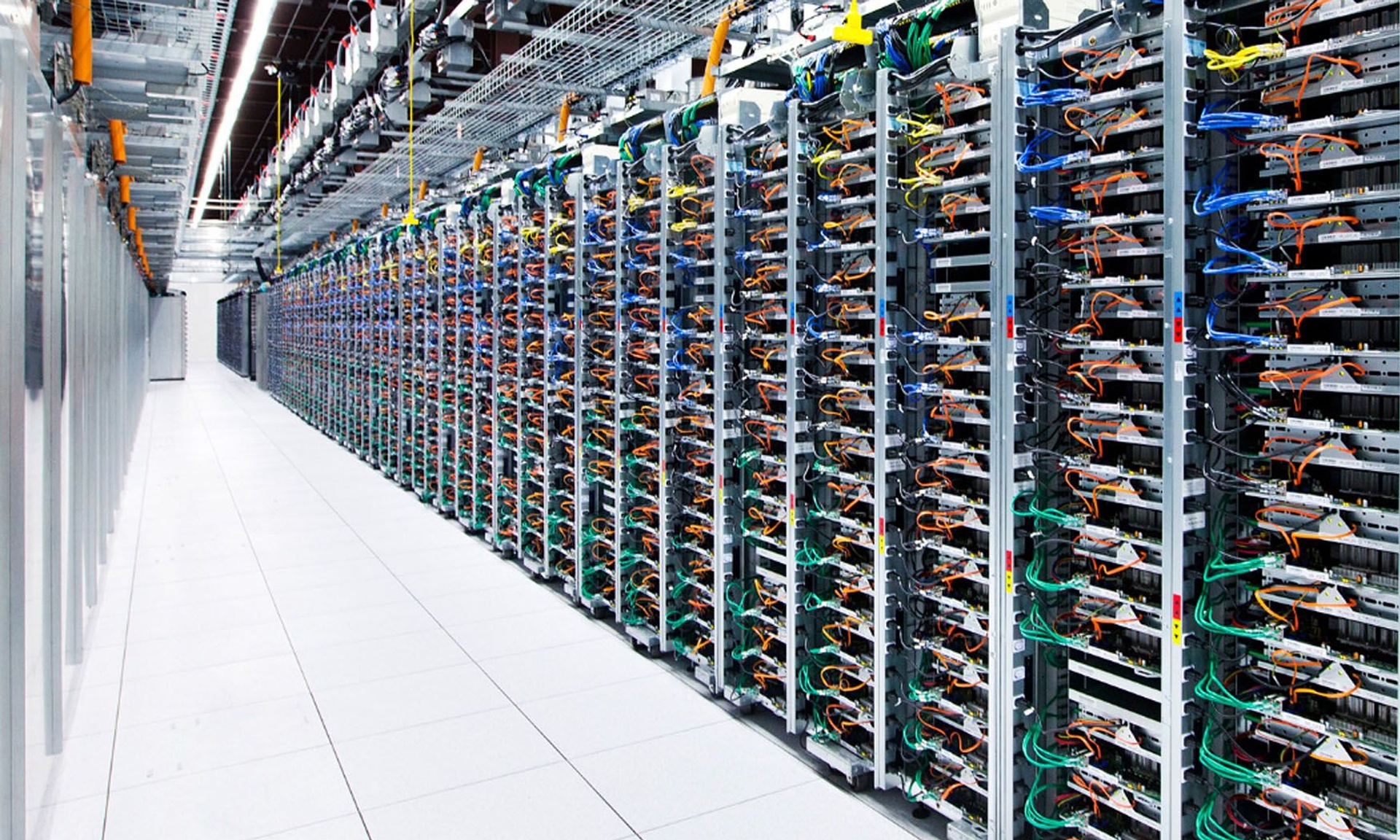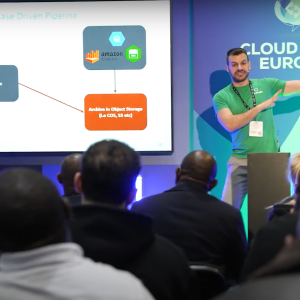
Over the next 366 days, the data centre market will see heavy consolidation and even heavier demand from businesses and customers as the world becomes one with IoT.
CBR compiles ten wishes every data centre CIO would like to see come true next year.
1. A board that understands the challenges posed by IoT
With a growing ecosystem of connected things, services and people, data centres are assuming an ever growing importance as virtually nearly everything sits within their perimeter, in the cloud. CIOs will be counting on the other C-suite to understand their vision into the IoT space, and understand the serious problems to the business if data centres do not scale in time and as required.
Operators are set to face challenges with security, capacity and analytics as the IoT demands for real-time data understanding. If a data centre fails to compel with this, it could mean the end of the line as businesses will move to a better provider.
CIOs will play a vital role here, by explaining the board what needs to be done to address this, however, they will need a board that understands the challenges posed by IoT.
2. A budget to build localised sites
Following from IoT as well, localisation (aka edge computing) is set to become a – very – hot topic next year. Data centre providers have a good opportunity to expand their services by building decentralised hubs to carry out analytics at the edge.
This will require a strong budget for infrastructure, software and all other components associated with setting up a facility.
These localised data centres will help to ease the data tsunami that is about to hit servers across the world’s data warehouses and allow for faster data process, with both sides – data centres and IoT – winning.
3. DCIM, SDN & NFV as a right
Data centre infrastructure management (DCIM), software defined network (SDN) and network function virtualisation (NFV) are three key aspects that data centre CIOs will be looking to next year.
A strong DCIM system is crucial to monitor and management every single aspect of the data centre. CIOs will also be looking into getting a strong SDN in place to give network administrators tools to manage network services through abstraction of higher-level functionality.
As for NFV, the executives will want it as a right to virtualise entire classes of network node functions into building blocks that may connect, or chain together, to create communication services.
4. Make the data centre ‘greener’
All the big ones are at it: going green is the way forward for data centres, but that requires heavy investment to retrofit facilities.
Technologies like free air cooling can help, and colos still have other solutions to look out for including solar and wind. Another idea would be developing a modular data centre business unit to allow customers to deploy locally and better manage their IT needs.
CIOs are at the forefront of this ecological push which leads to the next wish.
5. A more social-aware hub
The days data centres were mere data warehouses could soon be over. For example, hubs produce enough excess heat to warm neighbouring infrastructures, such as schools, hospitals and others.
This would not only help reduce overall emissions footprints, as it would also turn facilities more social and helpful both to communities and the planet.
The biggest barrier here for CIOs is to convince the board that their hub can indeed be more social-aware and helpful to the community.
6. A scalable and flexible colo business
Adaptability is a key prospect for businesses today, and data centres are no different. Operators have to scale and flex in accordance to customers and market’s needs.
To address this wish, CIOs will have to fight for most of the already mentioned wishes. Prefab modular data centres, an understanding of server demand by using intelligent software, flash storage, and an eye to scale up and down applications will help achieve a scalable and flexible colo business.
7. More qualified people
CIOs are finding it increasingly hard to find the right people to work in their sites due to a skills shortage.
The main things they are looking for are people with skills around network engineering, unified communications, DCIM systems, cloud computing expertise and knowledge of Cisco’s unified computing system products.
CIOs will be wishing that 2016 sees a true boost in education around these areas and a push for a stronger STEM curriculum that will attract children into the IT space.
8. Better networks and connectivity
Network and connectivity are what keeps the data centre alive. Data centre network (DCN) is what interconnects all of the hub’s resources together.
In an era when IoT, driven by the cloud, is putting pressure on data centres to connect thousands of servers, it is empirical for colos to have a strong and scalable network propelled by a strong connectivity architecture.
9. IT and infrastructure divisions coming together
Independently of the business sector, it is always a challenge when different departments work separately and do not communicate with each other. That will not only slow down business pace as it will potentially result in a lack of understanding of what each part is doing.
Data centres are no different, as generally the IT guys sit separately from the infrastructure teams leading to some inefficiencies in the data centre.
As demands scales in 2016, CIOs will be fighting to end with the barriers between the two sides and create an homonymous and omnifocused team.
10. Open standards on availability
The data centre industry has been following the Uptime Institute standards for some years now, however some potential has been hindered by the only four available measurements (Tier I to IV).
In 2016, CIOs and other C-suite members will be working towards finding new ways of looking into availability and infrastructure design to cope with the always changing IT environment IoT is creating.






